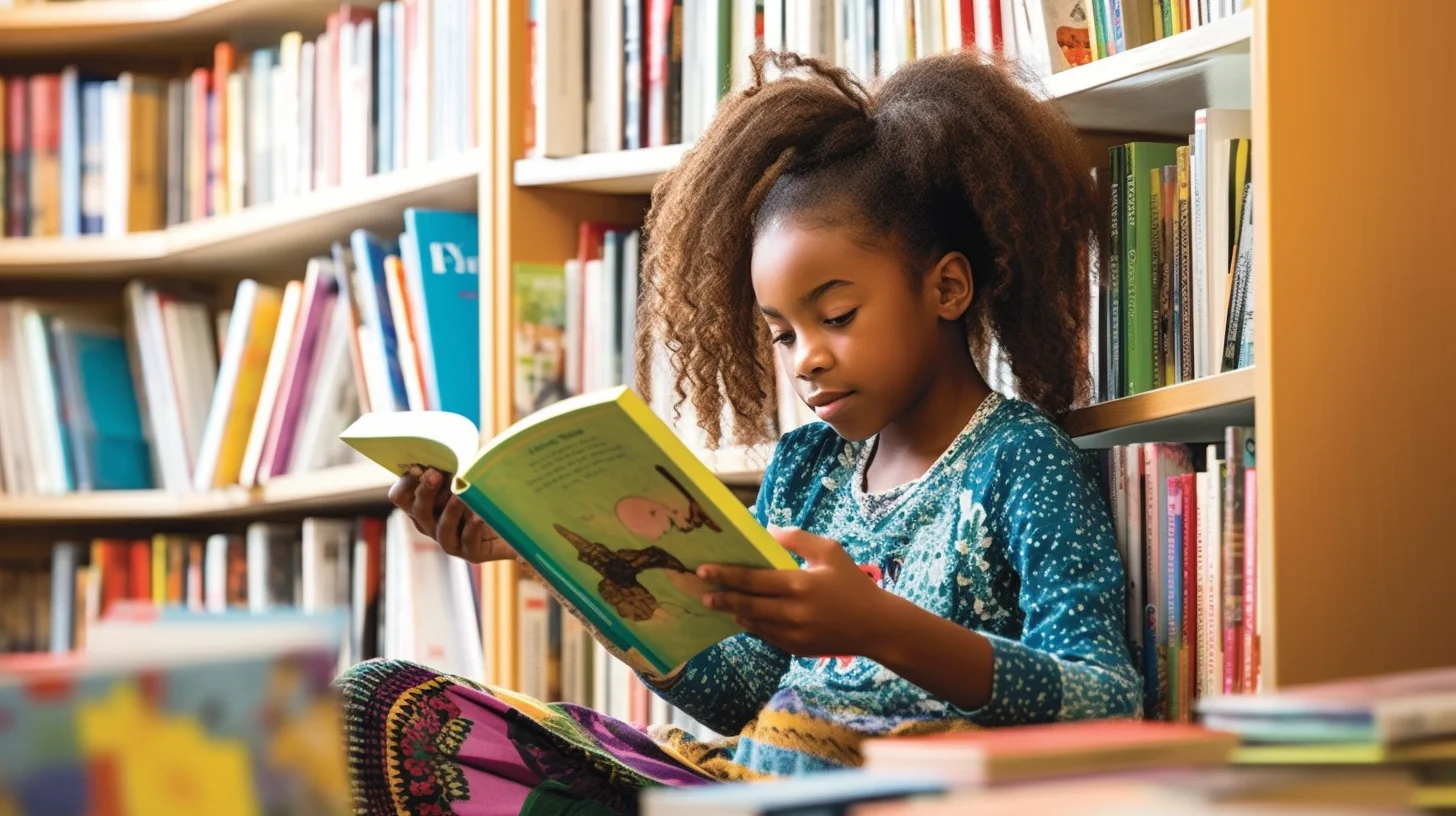A Guide for Parents with Struggling Children. Learn to Read with Dyslexia
2022-06-29 | By Orcam Staff

Reading opens our minds, stirs our imagination, and introduces us to different ideas and perspectives. The number one habit of billionaires is reading and Bill Gates reads around 50 books per year. Unfortunately, this isn’t the case for most readers with an average of only 12 books per year. But where does it all start? And more importantly, how can we get children to read with dyslexia?

At What Age Should Children Learn to Read?
Most children learn to read by first or second grade (6-7 years old) while some are ready to start even before the age of 4 or even 3. This doesn’t necessarily mean the child may stay ahead once school starts. Other students will catch up during the second or third grade. Pushing your child to read before they are ready can get in the way of your child’s interest in learning. Instead, fill your home with books and texts, read stories to them and show them how much you enjoy reading to encourage them to want to start reading themselves. Children who enjoy learning are more likely to do well in school.
The first step in learning to read is for children to recognize letters from favorite books or the alphabet song. The next milestone is for them to connect those letters to sounds. Many children will start identifying the first letter in their name or letters in famous logos. Then, it’s time to move to combinations of letters and develop an awareness of syllables up to the point the child can recognize and “read” simple words. From then on it’s all about singling out “unknown words”, highlighting punctuation, and practicing.

Helping Children with Dyslexia Read
However, some children find it harder than others to learn how to read. One in five children struggles with dyslexia, the most common learning disability. Dyslexic children struggle with reading due to the fact they have difficulty identifying speech sounds and learning how they relate to letters and words. Spelling mistakes and even late speaking are also signs of dyslexia. Yet, learning how to read with dyslexia is not impossible, only a challenge. With the right approach and positive attitude, many children can overcome this barrier.
Parents and educators can use the following simple strategies to encourage and help young children who struggle to learn how to read with dyslexia:
- Choose the right books! Reading books that aren’t designed for dyslexic children can be frustrating. Make sure you choose fun interesting books with big “dyslexia font,” wide spacing and short chapters.
- Read the text out loud – this will help the new readers with word decoding (translating print into speech by matching letters or words together) and older children to gain confidence.
- Take more breaks – For children with dyslexia, reading and writing can be exhausting, so frequent breaks can help them recharge.
- Read books that have pictures as well as texts and ask your child to name what they see. Concentrating on the sound can help them to match sounds to letters.
- Keep track of the progress they make, and give rewards for small milestones.
- Encourage other activities that make them feel good. Being good at school is important but so is the child’s well-being. Dyslexic children think differently, discovering their creative side.
- Value the effort and not the results – Children with reading challenges struggle twice as hard with school than most kids and it is important to show them you appreciate their efforts even if it’s not fruitful.
- Get some help from assistive technology – Today, technology like children’s book readers or the OrCam Learn device offers solutions that can help relieve some of the struggles and stress of students with learning difficulties.

Children with dyslexia are eligible for more help at school and we recommend you talk with your child’s teacher or guidance counselor to see how well they can accommodate your child’s needs. Sometimes just extra time on tests, smaller group studies and the ability to express themselves verbally rather than by text can help. Furthermore, lower stress and improve their school experience.
Read Easily with Smart Assistive Technology
Reading doesn’t have to be a struggle. You can find ways to make it easier by using assistive technology devices for students, like the OrCam Learn.
OrCam Learn is a game-changer for people with learning challenges like dyslexia and ADHD. This AI device enables students to read, study and practice what they learned more efficiently with its advanced features and companion app.

Find out more about OrCam and our breakthrough technology!



